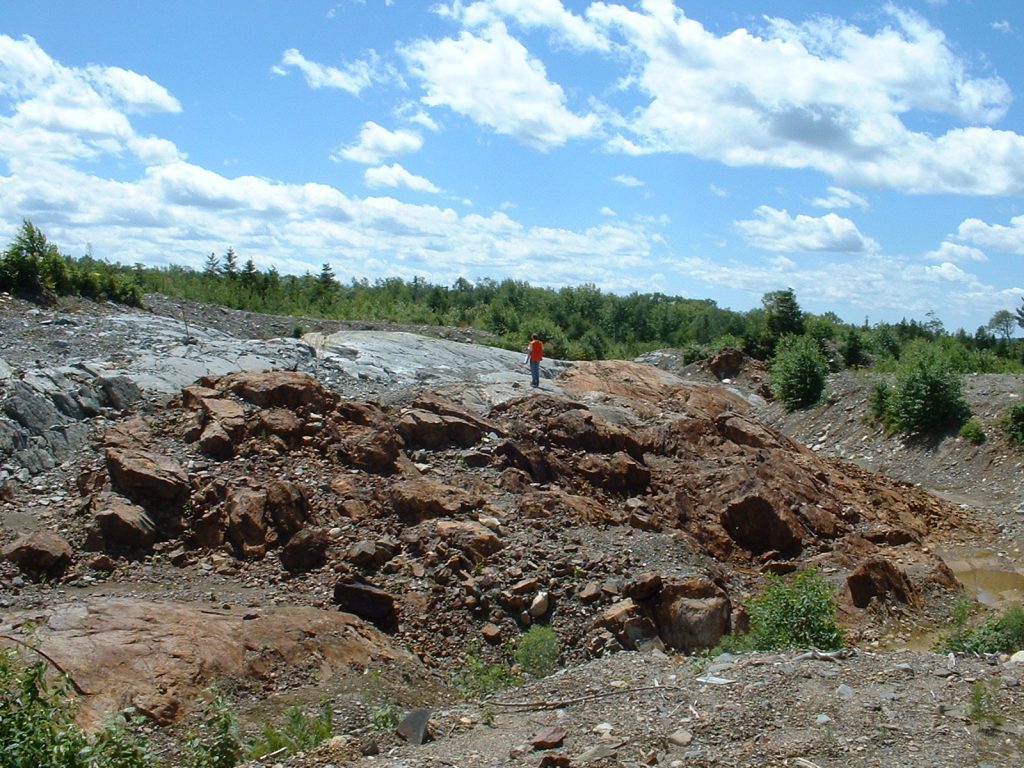
The company has drilled seven follow up holes at the Adrian zone, located 270 metres north of the George Murphy zone (GMZ) at the project, with partial assays reported for several holes.
Highlights include 4.7 metres of 33.7 g/t gold (including 2.2 metres of 60.7 g/t gold) from 180 metres depth in hole 81; 34.3 metres of 1.5 g/t gold (including several shorter intercepts such as 08 metre of 25.9 g/t gold starting at 171 metres in hole 70; and 16 metres of 2.7 g/t gold (including 0.8 metre of 26.3 g/t gold and other intercepts) from 229 metres in hole 73.
Additional intercepts from the discovery hole (65) were also reported, including 23.5 metres of 1.2 g/t gold starting at 151.3 metres depth.
“With the seven new drill holes, the Adrian Zone has intersected mineralization covering 266 metres in the NW-SE direction (likely includes the eastern extension of the GMZ), 252 metres in the NE-SW direction, and over a vertical distance of 268 metres – and the new Adrian Zone remains open for expansion in all directions,” said Robert Hinchcliffe, president and CEO of Galway Metals, in a release.
“Taken together, Galway has intersected strong gold mineralization along a 3.8-km trend from one new discovery area to the other, with the GMZ, Richard and Jubilee Zones in between.”
The company says that it does not yet have an interpretation of the veins in the Adrian zone as the follow up drilling has encountered multiple, wide vein systems that appear to have different orientations.
Five drill rigs are onsite at Clarence Stream, located 70 km south of Fredericton, conducting a 75,000-metre drill program that will inform next year’s resource update. The update is expected to bring four new zones – Adrian, GMZ, Richard and Jubilee – into the resource.
The current resource, which was released in 2017, includes only the South and North zones at the project. Measured and indicated resources total 6.2 million tonnes grading 1.96 g/t gold for a total of 390,000 oz. Inferred resources add 3.4 million tonnes at 2.53 g/t gold for 277,000 oz.
(This article first appeared in the Canadian Mining Journal)




